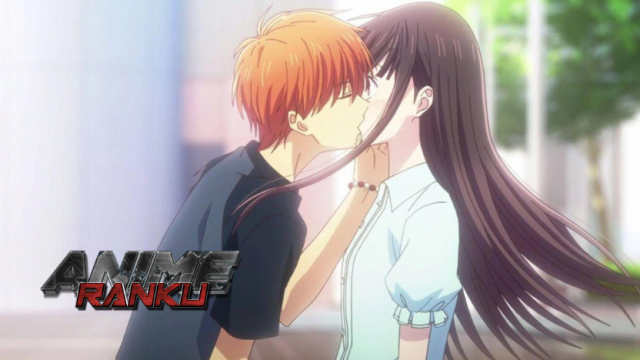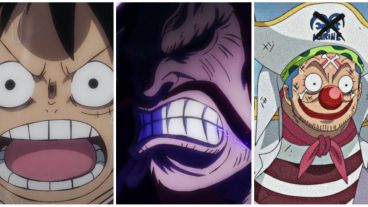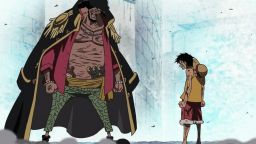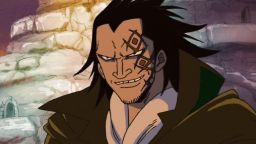An anime version of a manga series is frequently only produced if it has received accolades and has a sizable fanbase. A lot of shonen series, like One Piece and Naruto, have no trouble reaching these milestones thanks to their compelling world-building, exciting action sequences, and endearing characters.
Shojo and josei manga, regrettably, weren't treated equally. Fans would have to wait years for a potential anime adaptation, even if a series became popular. This isn't the case anymore, though. Shojo and josei titles are now gaining more popularity as anime and manga gradually gain popularity among the general public. Here's a look at these series' upward trend and why their emergence is significant.
A Brief overview of Shojo and Josei Manga

Shojo manga, or Japanese comics aimed at young girls, became an official manga subgenre in the 1950s. Up until the 1960s, the majority of the artists were men, but then female authors of shojo manga started to appear. These female artists created a distinctive body of work that combined storytelling with dramatic plots and characters that exhibited exaggerated emotions with kawaii aesthetics.
But the "Golden Age" of shojo manga's popularity didn't come until the 1970s. The Rose of Versailles by Riyoko Ikeda introduced the first bi-shonen, androgynous male characters, which completely redefined gender and sexuality. Other shojo subgenres emerged in the 1980s and 1990s. Similar to shojo and shonen, josei is a demographic with content geared toward adult women. Josei manga is like shojo but deals with more mature themes like sex.
But as publishing companies turned their manga series into movies, shows, and musicals in the 2000s, shojo and josei manga production underwent a significant change. Shojo and josei manga found a new home in these multimedia formats, which also helped to boost their appeal.
The Shojo & Josei Series' Declining Trend Was Caused by Recycled Love Stories

Romance is a major theme in shojo and josei manga. It doesn't matter what the story is as long as there is a romantic plot line, whether it is a Cinderella-inspired tale like Boys Over Flowers or a love story between childhood friends like Blue Spring Ride. But as time went on, the same plot and tropes were used over and over again in these romance stories, just with different characters.
In shows like Kimi ni Todoke: From Me to You and The Wallflower, the blossoming romance between the strange, quiet girl and the popular, upbeat guy serves as an illustration of repetitive love stories. Both series feature strong female leads who resemble Sadako from The Grudge, rendering them unapproachable to others. Yet with the help of the popular male student, the heroine learns to love who they are and befriend others. Fans have seen this type of romance narrative often, with only minor changes like in Say “I Love You” and Princess Jellyfish. Anytime there's a popular subgenre trend in anime, this includes mass production of anime series with similar content. One particular subgenre that attracts male audiences is the harem anime, in which a male protagonist is surrounded by many potential female suitors. Due to the popularity of harems, there was an assumption that the reverse harem series would do the same.
The opposite of a harem is a reverse harem, in which a young woman must choose between several attractive male suitors. Ouran High School Host Club and Fruits Basket are two well-known examples of romances that use the standard formula and tropes with some variation. However, the charismatic and endearing male protagonists who embody the ideal types of guys in a woman's fantasy are what give it its popularity.
Regarding gender roles, shojo and josei manga have also remained traditional. The female protagonists play the timid "damsel-in-distress" role and look to their male counterparts for advice and chivalry. These series convey to readers the roles men and women play in society: some viewers may find these gender norms uninteresting as it does not fit with the changing times and worldviews of today.
A Return of Strong-Willed and Assertive Female Protagonists

There has recently been an increasing trend of shojo and josei anime adaptations. One particular reason is the success of shonen-based romance series like Horimiya and Romantic Killer. Those series broke gender stereotypes by crafting strong-willed and independent female characters like Kyoko Hori and Anzu Hoshino.
The isekai subgenre has also developed to include stories with villains and strong female leads who pursue careers. Examples of female protagonists who have earned a bad reputation but are now reclaiming their identities include Katarina Claes from My Next Life as a Villainess and Aileen Lauren d'Aurtriche from I'm the Villainess, So I'm Taming the Final Boss. They take charge of their own actions and lend a hand to those in need, which fosters a strong sense of community and a new sense of self.
Although there have long been strong female leads in shojo and josei, it is only now that these series are gaining popularity. Modern viewers can relate to female leads who are independent and strong-willed and put their happiness before romance. In Nana, two contemporary young women of the same name who share a home in Tokyo struggle to manage their romantic relationships and establish themselves in society. Shirayuki has the chance to work as a herbalist in Zen's palace and assist her fellow palace friends in Snow White with the Red Hair.
Due to the recent popularity of the shonen rom-coms, it isn’t a surprise that there is growing demand for shojo and josei anime with similar storyline elements. 2023 will see more shojo and josei anime, such as The Ice Man & His Cool Female Colleague and The Reason Why Raeliana Ended up at the Duke's Mansion. It seems only a matter of time before anime and manga fans witness another “golden era” for shojo and josei.






